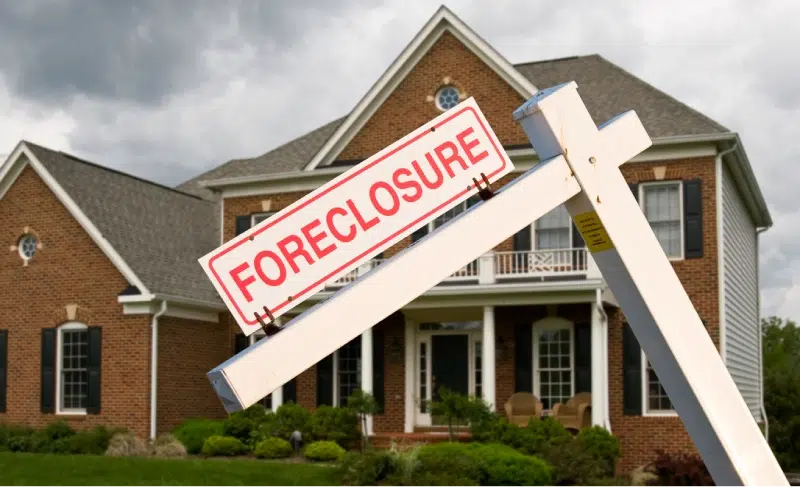Foreclosure in Rent Control Versus Non-Rent Control Jurisdiction
Tenant rights in foreclosure hinge on whether your unit is in a rent-controlled or non-rent-controlled jurisdiction. If you live in a property in Berkeley, Hayward, San Francisco, or Oakland, you need to first determine if you are covered by the eviction protection portion of your rent control ordinance. You likely are. In San Francisco, most rental units built before 1979 in San Francisco have eviction protection. This includes single family homes, live-work lofts, condos and multi-unit apartments. In Berkeley, eviction protections apply to most rental units, even those built after 1980. In Hayward, a unit is only covered under rent control where an owner owns five or more units in Hayward, and the unit has a Certificate of Occupancy issued prior to July 1, 1979. In Oakland, most rental units are covered by just cause eviction protections unless the unit has a certificate of occupancy after 2003.
California Tenant Lawyers
Tobener Ravenscroft LLP is the leading tenant rights law firm in California and has been in business for over twenty years. The firm serves tenants in California and focuses on wrongful evictions, intractable repair issues, landlord harassment, tenant discrimination, landlord sexual harassment, and landlord-caused injuries.
Units Without Local Eviction Protection
In a unit without eviction protection, a month-to-month tenant must be given ninety-days notice to vacate. See, Federal Protecting Tenants at Foreclosure Act, 123 Stat. 1660, Sec. 702(a)(2)(B). A tenant with a long-term lease can stay in the unit until the lease expires. Id. However, if the foreclosed property is sold to an owner who intends to use the unit as a primary residence, the new owner can void the lease. Id. The new owner would still be required to provide ninety-days notice. Id. One caveat is that this protection for buyers intending to live in the unit only applies to “immediate successors in interest.” 123 Stat. 1660, Sec. 702(a)(2)(B). So, a real estate investor cannot purchase a property, rehab it, and sell it to a buyer who seeks to live in the unit. This would be seen as an attempt to evade federal tenant protections.
A new owner can also extinguish a long-term lease if 1) it was entered into in bad faith, 2) it was a lease between the foreclosed upon owner and a relative of that owner, or 3) it is substantially below fair market rent. Id.
Units With Eviction Protection
A tenant in a rent-controlled property covered by eviction protection cannot be evicted during or after foreclosure. Courts have held that local rent control protections continue to apply regardless of state or federal law. Gross v. Superior Court, 171 Cal. App. 3d 265 (1985) and 123 Stat. 1660, Sec. 702(a)(2)(B).
Cash for Keys
As a property nears a foreclosure sale, it is typical for the lender’s representative to pay tenants to move. Many lenders will be unfamiliar with local rent control protections, so they may try illegal tactics to force tenants out or even tell tenants that they have no right to be on the property. For eviction protected tenants, a “cash for keys” payout offer is usually too low to justify a move. In non-rent-controlled jurisdictions, month-to-month tenants will receive less than tenants on long-term leases. When negotiating a pay-out, be mindful of your security deposit, security deposit interest (if applicable in your jurisdiction), and moving costs.




